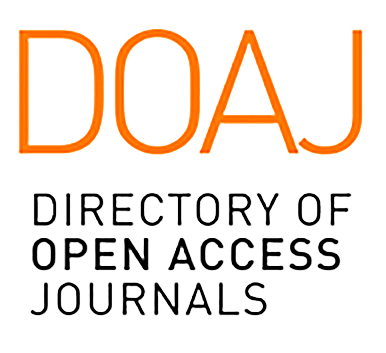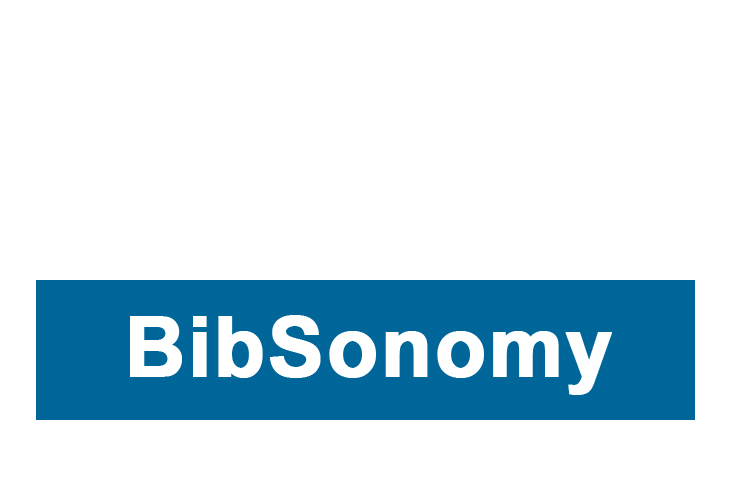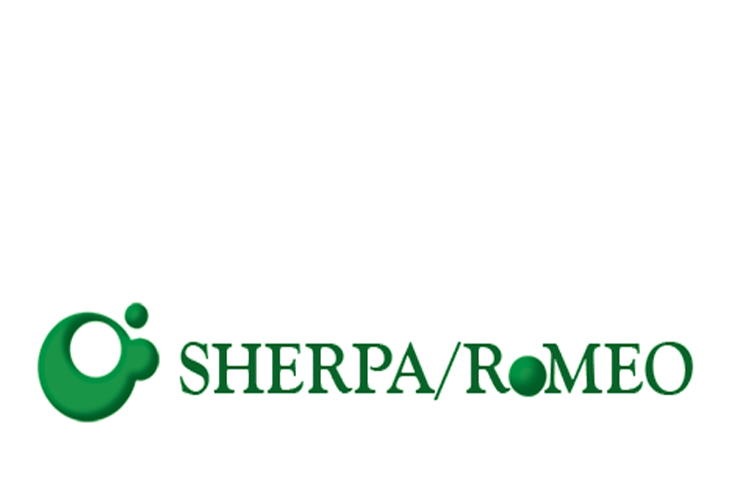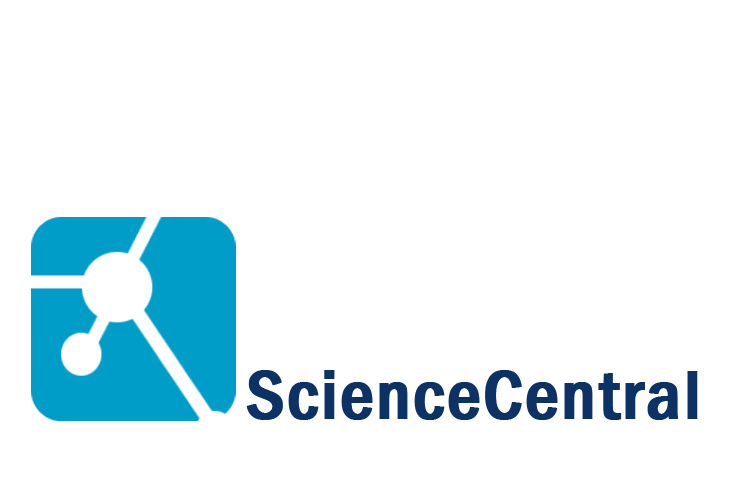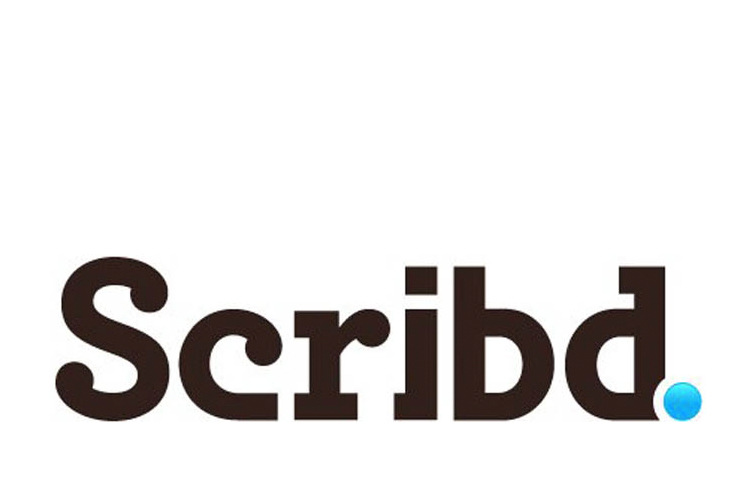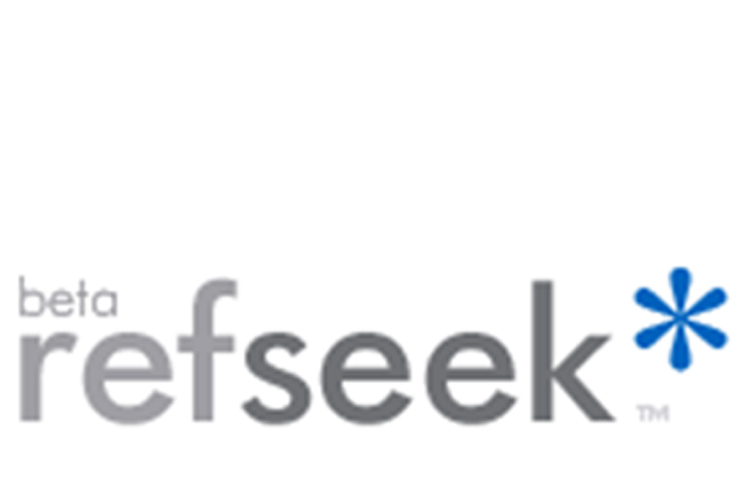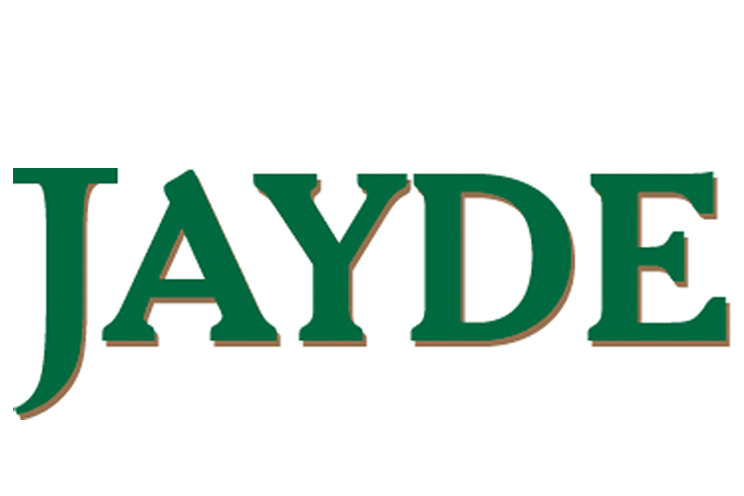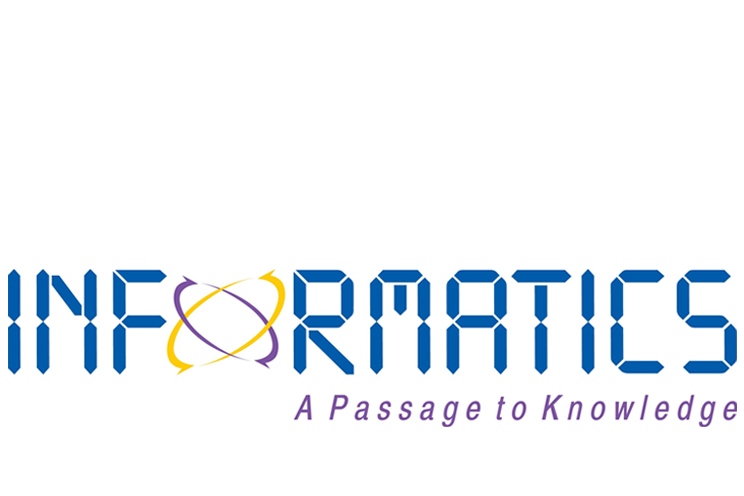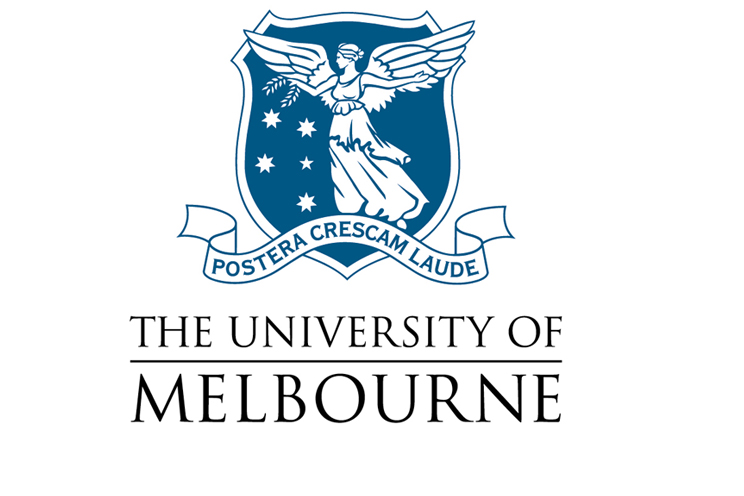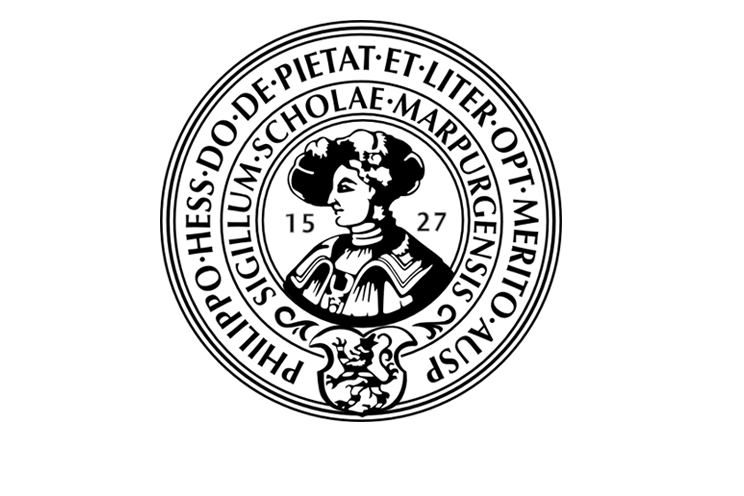Public Article
-
verified
Needle Stick And Sharp Related Injuries- Ethical Considerations, Prevention, AndManagement
ISSN: 2617 - 9482
Publisher: author
Needle Stick And Sharp Related Injuries- Ethical Considerations, Prevention, AndManagement
Indexed in
Health Sciences
ARTICLE-FACTOR
1.3
Article Basics Score: 2
Article Transparency Score: 3
Article Operation Score: 3
Article Articles Score: 3
Article Accessibility Score: 3
SUBMIT PAPER ASK QUESTION
International Category Code (ICC):

ICC-0702
Publisher: Bahria University Medical And Dental College
International Journal Address (IAA):

IAA.ZONE/261799139482
eISSN
:
2617 - 9482
VALID
ISSN Validator
Abstract
Laboratory and Health care workers (HCW) are exposed tomany occupational related hazards. Both are at considerablerisk of acquiring infections. Needle stick/prick injuries (NSIs)can lead to blood borne infections such as HIV, Hepatitis Band Hepatitis C. NSIs are one of the most common biologicalhazards inside laboratory. These injuries can be sustainedwhile handling a sharp or needle and more commonly duringrecapping and waste disposal. Risk of transmission afterthese injuries from infected patients to HCW are 3-30% forhepatitis B, 3% for hepatitis C, and 0.3% for HIV1.It is pertinent to mention that frequency of needle stickinjuries is highest among nursing staff as reported by manypublished studies2. Most common causes of injury amongindoor hospital patients is phlebotomy or intravenousinfusions. Still the exact magnitude of NSI in Pakistan isnot clear because of poor or almost no reporting, surveillancesystem exist

